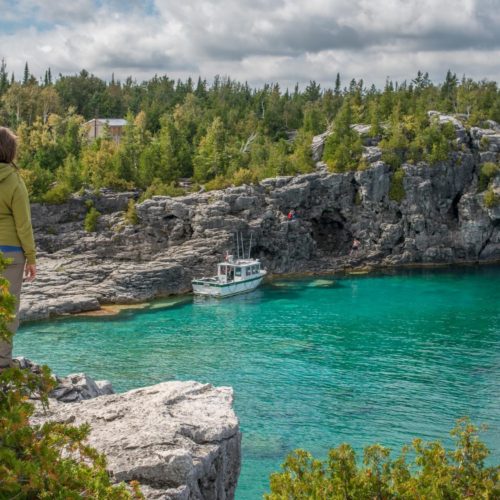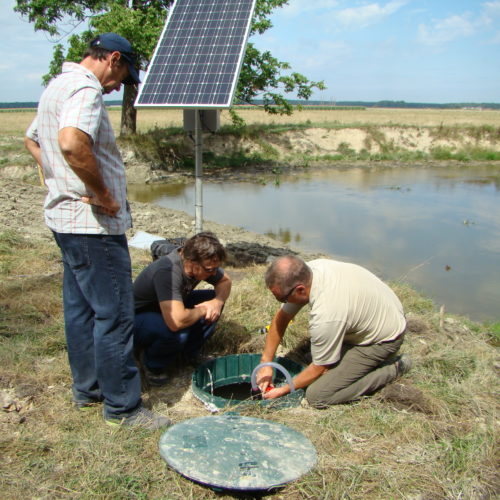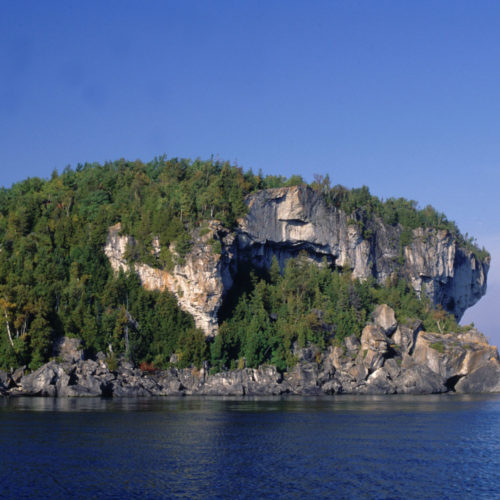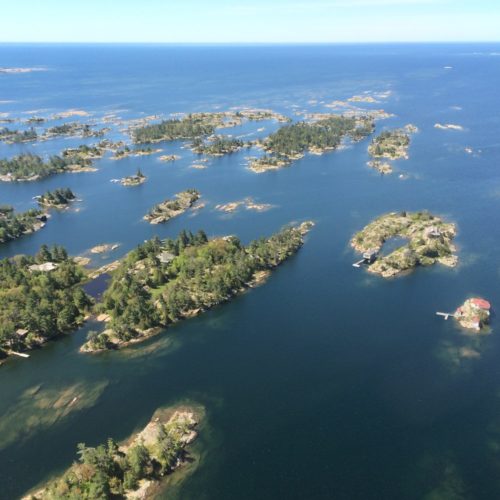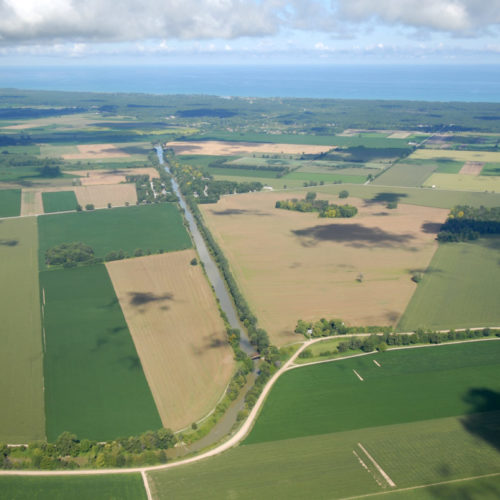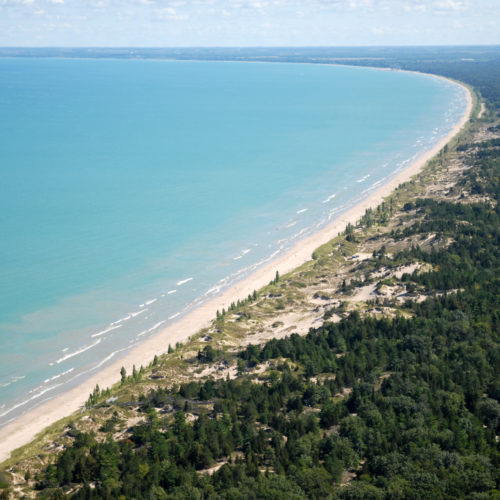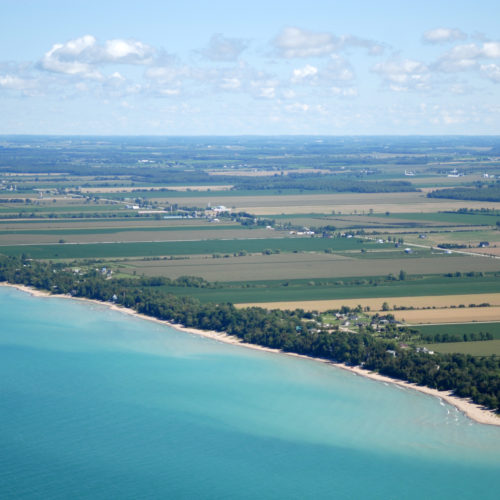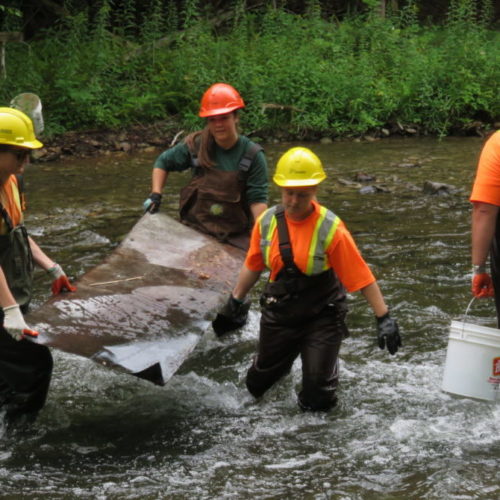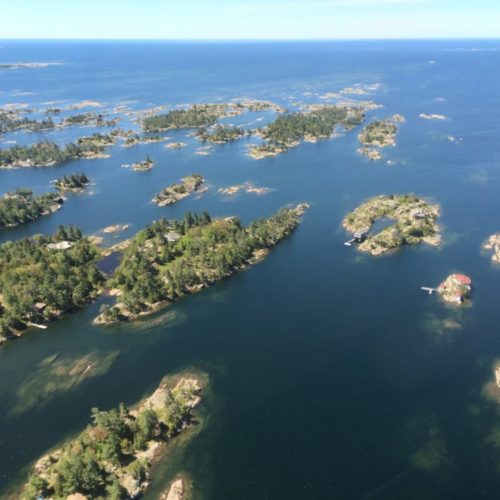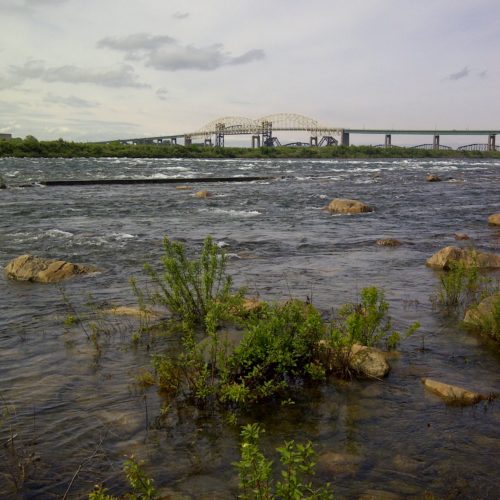Summit in 2020 is to take place by video webinar on October 27 and November 3
The Lake Huron-Georgian Bay Initiative for Community Action has announced the Lake Huron-Georgian Bay Summit is going virtual for the first time. The event is free. Community members and agency staff are invited to take part by Zoom video webinar. The Summit is held on two Tuesday mornings from 9:30 a.m. to 11:30 a.m. The first day is October 27 and the second day is November 3.
“The Lake Huron-Georgian Bay Summit is a great way to connect many groups, working on smaller local projects, with each other and to build upon their successes to take even more action,” said Greg Mason, General Manager of Georgian Bay Biosphere.
The Lake Huron-Georgian Bay initiative recognizes the importance of local community organizations and the actions they are taking, according to Mari Veliz, Healthy Watersheds Manager with Ausable Bayfield Conservation. “Taken together, those actions contribute to the health of the Lake Huron and Georgian Bay Watershed,” she said. “Lake Huron is a big lake and we sometimes think we need big solutions but we actually need lots of smaller actions at the local level – they all add up. That’s why it’s so important to support the community to manage water and soil resources and habitat.”
Day One of the Summit discusses Lake Huron protection initiatives from community and agency perspectives. Day Two focuses on mitigation and adaptation strategies being taken to deal with our changing climate.
To register for the Summit, you may go to the following links for the two days:
Day One: https://zoom.us/webinar/register/WN_6MKapXtUQ7ONcI0uoCfBgQ
Day Two: https://zoom.us/webinar/register/WN_b6iAHXrsTrSYiRKfr2w9Eg
